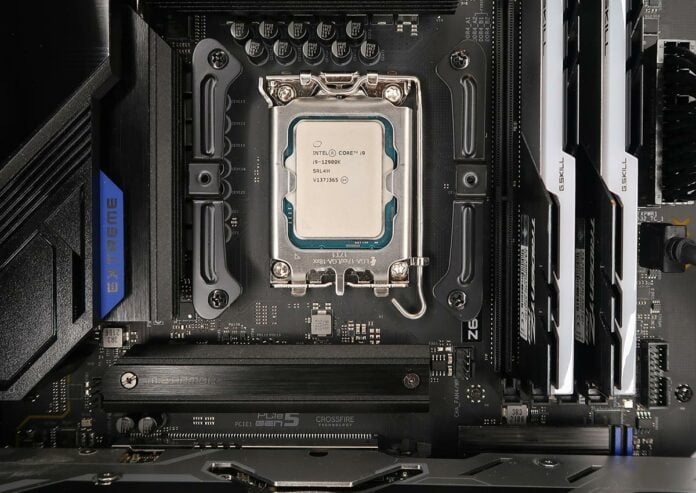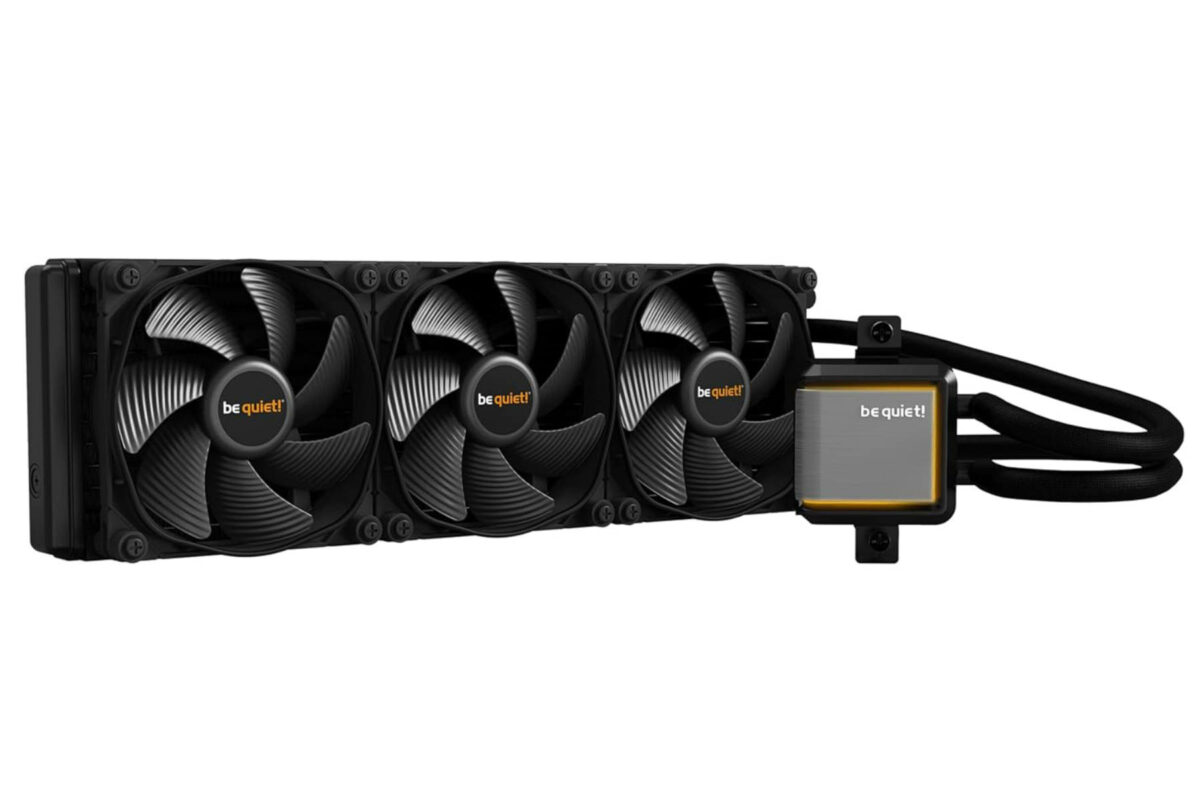The introduction of Intel’s Alder Lake architecture is rightly viewed as a return to form. Team Blue’s latest flagship, Core i9-12900K, literally mixes things up with eight performance cores and eight efficient cores in a single package. An unusual amalgamation, but one that delivers chart-topping results in a number of our regular benchmarks.
Performance isn’t in doubt, yet some underlying truths won’t have escaped your attention. Alder Lake arrives on yet another new socket – LGA 1700 – and though the chip’s Processor Base Power of 125W should pose little problem for existing coolers, a Maximum Turbo Power of 241W suggests otherwise. Chances are you’ll be contemplating a new board and a new cooler, so it begs the question; how much cooling oomph do you really need?
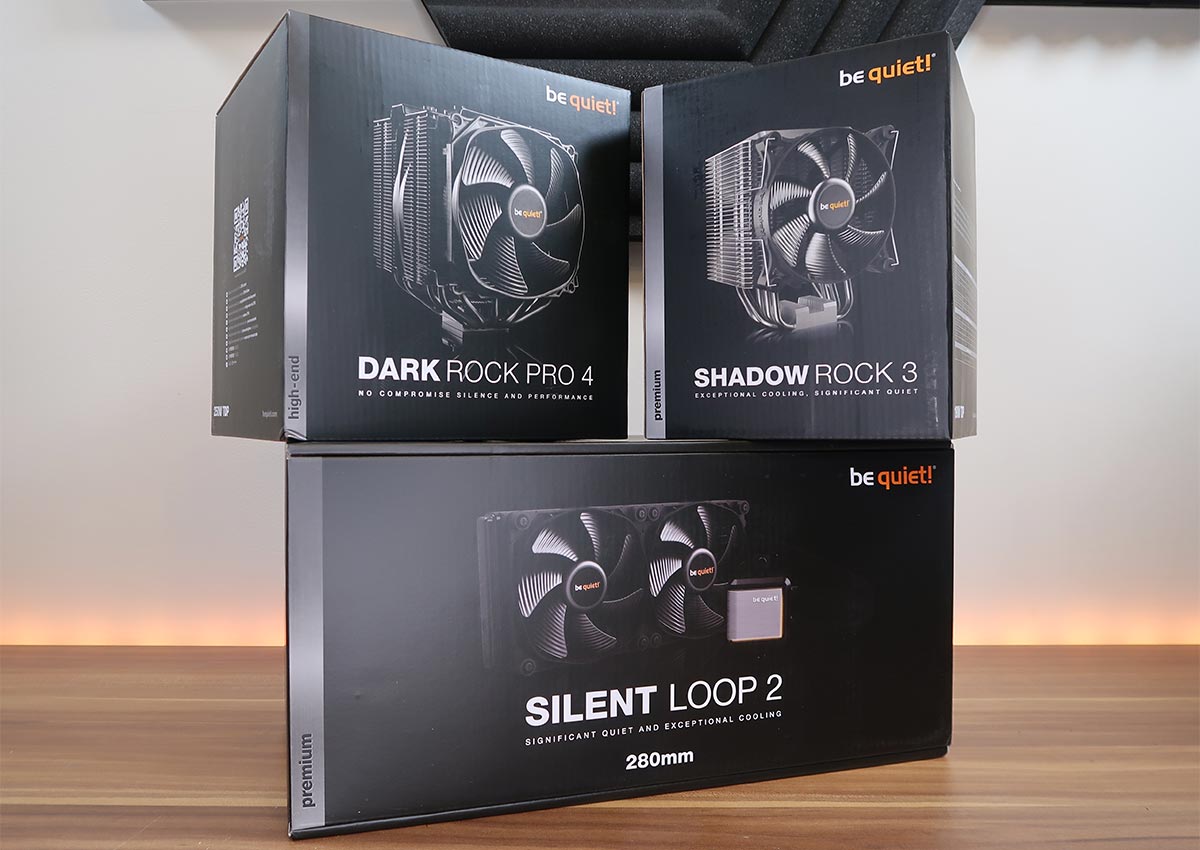
To help shed some light, we’ve taken a trio of coolers from German manufacturer be quiet! Hitting a variety of price points, we have the £45 Shadow Rock 3, the £80 Dark Rock Pro 4 and, in the all-in-one liquid cooling corner, the £120 Silent Loop 2 280mm.
TDP Matters
It is interesting to note that be quiet! itself rates said coolers at 190W, 250W and 280W, respectively. The entry-level Shadow Rock 3 ought to suffer with the Core i9 configured to its Maximum Turbo Power, yet earlier investigation has revealed the chip to be a potent performer when limited to 125W. Running at a reduced power limit makes a whole lot of sense for those favouring efficiency over top-line multi-core performance, and to cover all bases we’re testing the three coolers at both 125W and 241W.
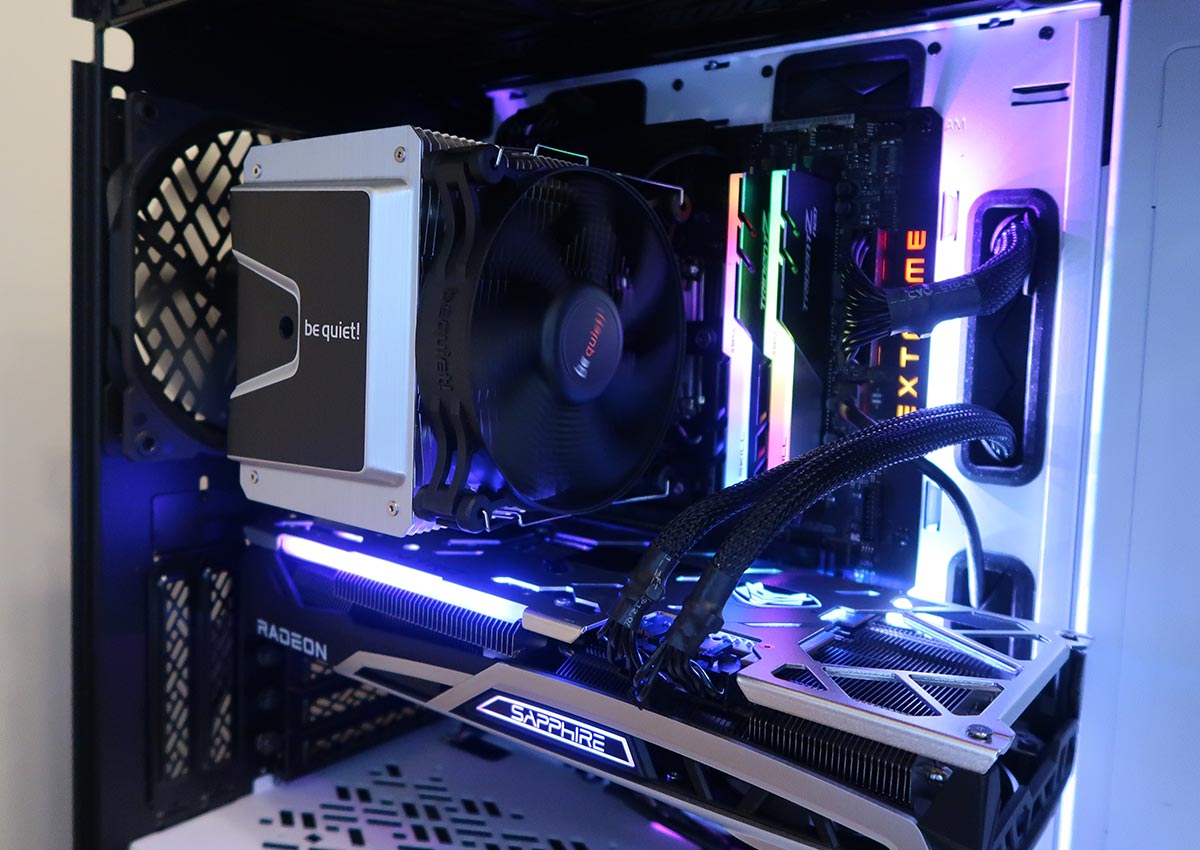
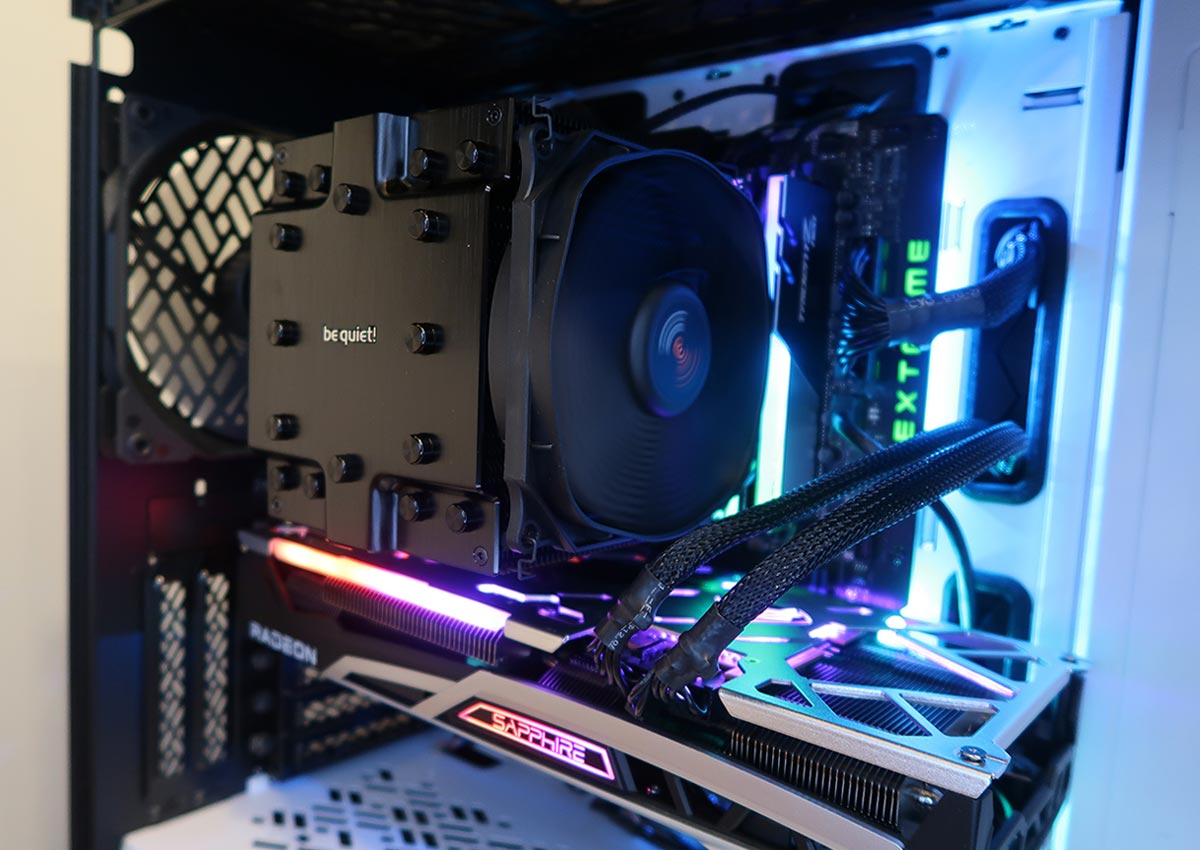
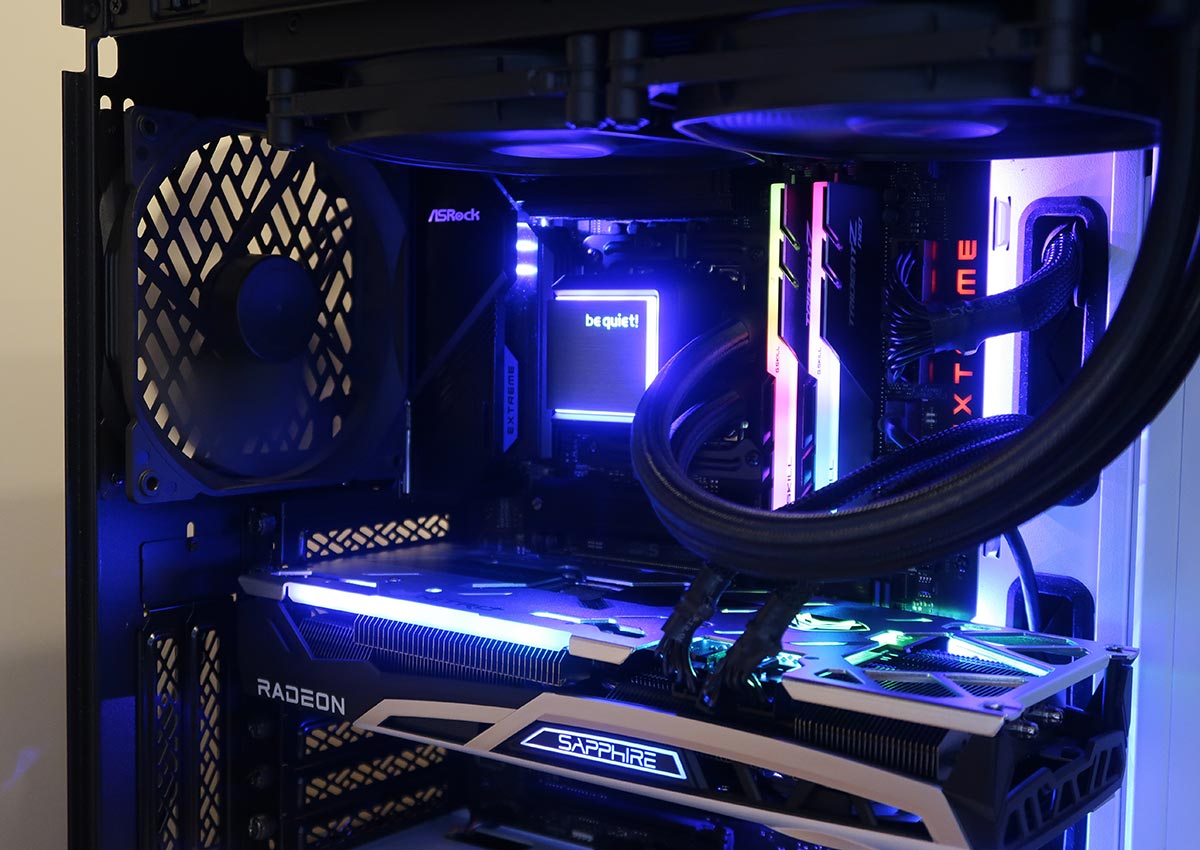
Before we examine actual cooling performance, a word on installation and aesthetics. Shadow Rock 3 gets the nod for ease of use, with only a single cable and workable dimensions. Silent Loop 2 is, in our estimation, the best-looking of the three, freeing up lots of space around the CPU socket, albeit with a few extra cables to contend with. The hulking Dark Rock Pro 4, meanwhile, looks disproportionate, obscures the RAM, and happens to be the most challenging to install, requiring the graphics card to be removed in order to slide in its central fan.
These are minor points – your own experience will vary depending on build – and it is worth pointing out that existing be quiet! customers can claim a free LGA 1700 mounting kit for a range of coolers at bequiet.com.
Performance
As always, we’re prioritising real-world data by installing all three coolers into an actual system that is relevant to self-builders. The Core i9-12900K sits atop an ASRock Z690 Extreme motherboard and is joined by 32GB (2x16GB) of G.Skill Trident Z DDR4-3200 memory and a Sapphire Radeon RX 6700 XT Nitro+ graphics card, all housed inside a Fractal Design Define 7 chassis.
Each cooler is tested with fan speed manually configured to low (500RPM), medium (1,000RPM) and maximum (1,500RPM for Dark Rock Pro 4, 1,600RPM for Shadow Rock 3 and Silent Loop 2). Note that a fail-safe built into the ASRock BIOS forces fan speed to ramp-up automatically when core temperature exceeds 100°C and any such instances are marked with an asterisk.
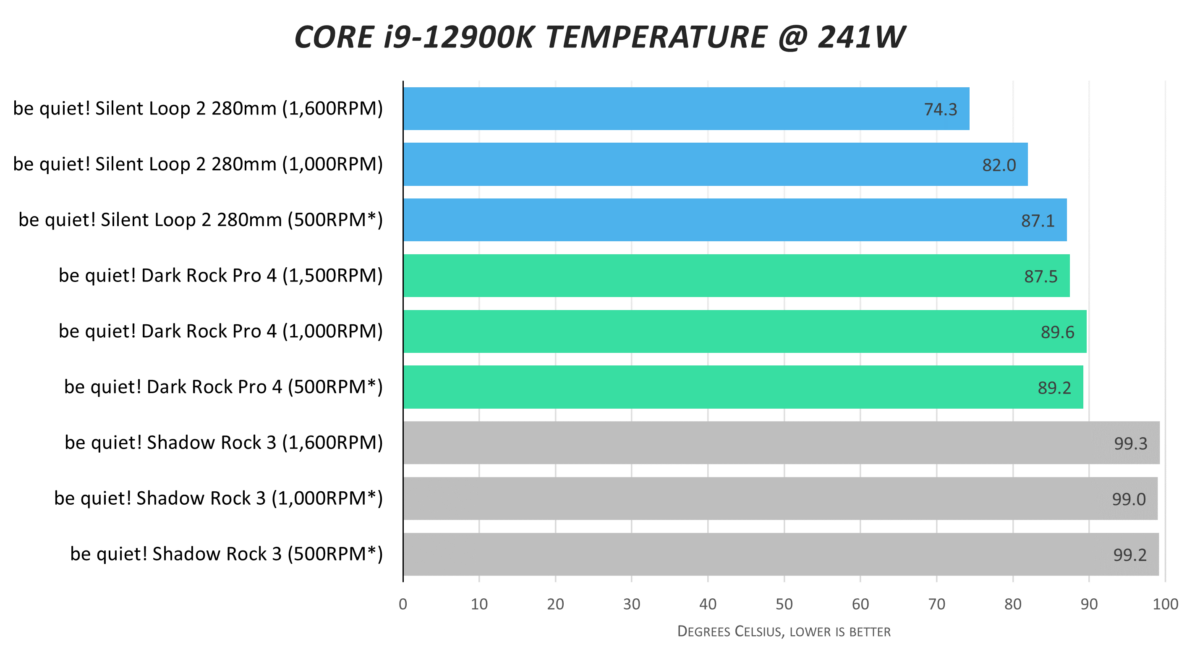
We begin with the Intel Core i9-12900K given free rein at the default Maximum Turbo Power setting of 241W. A sizeable challenge as evidenced by all three coolers hitting the ASRock board’s 100°C critical temperature when fan speed is configured to a quiet 500RPM.
Remember the graphs depict average temperature across all 16 cores, but the Performance cores naturally run hotter than the Efficient. At the lowest fan speed, Silent Loop 2, the best of the bunch, could only manage an average Performance core temperature of 92.7°C. Even more surprising is the £80 Dark Rock Pro 4, which returns a toasty all-core average of 87.5°C when operating at full speed. At 241W, a premium cooler running medium-to-high fan speeds is highly recommended.
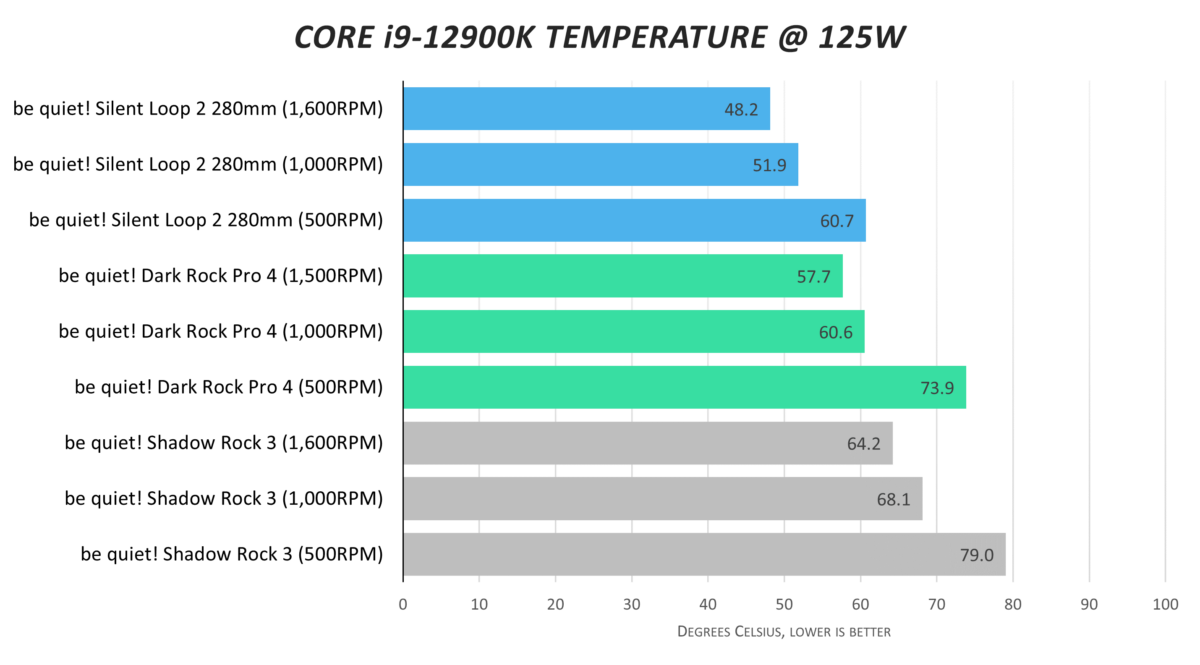
Prefer to put in place a 125W cap? We don’t blame you, as the increase in efficiency is matched by drastically lower temperatures across the board. Even the £45 Shadow Rock 3 can keep all-core average temperature below 80°C at the lowest fan speed, while the 280mm Silent Loop 2 looks mighty impressive irrespective of low, medium or high RPM settings.
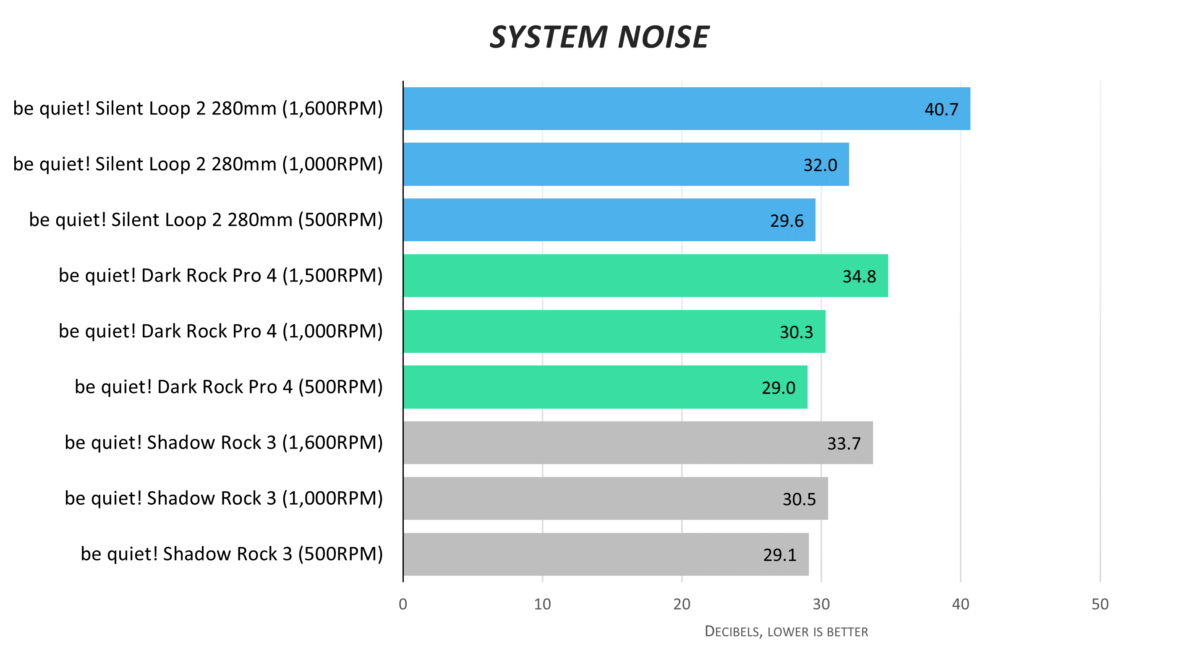
Absolute performance isn’t the only way to judge a CPU cooler. We’re big fans of keeping things quiet and in this regard the two air coolers have the edge. You’ll struggle to hear the Shadow Rock 3 or Dark Rock Pro 4 at 500RPM, and they remain barely audible at 1,000RPM. Silent Loop 2 isn’t far behind at the lower settings, but the difference is noticeable in a quiet room, and the liquid cooler is the only option that becomes frustratingly loud at full tilt.
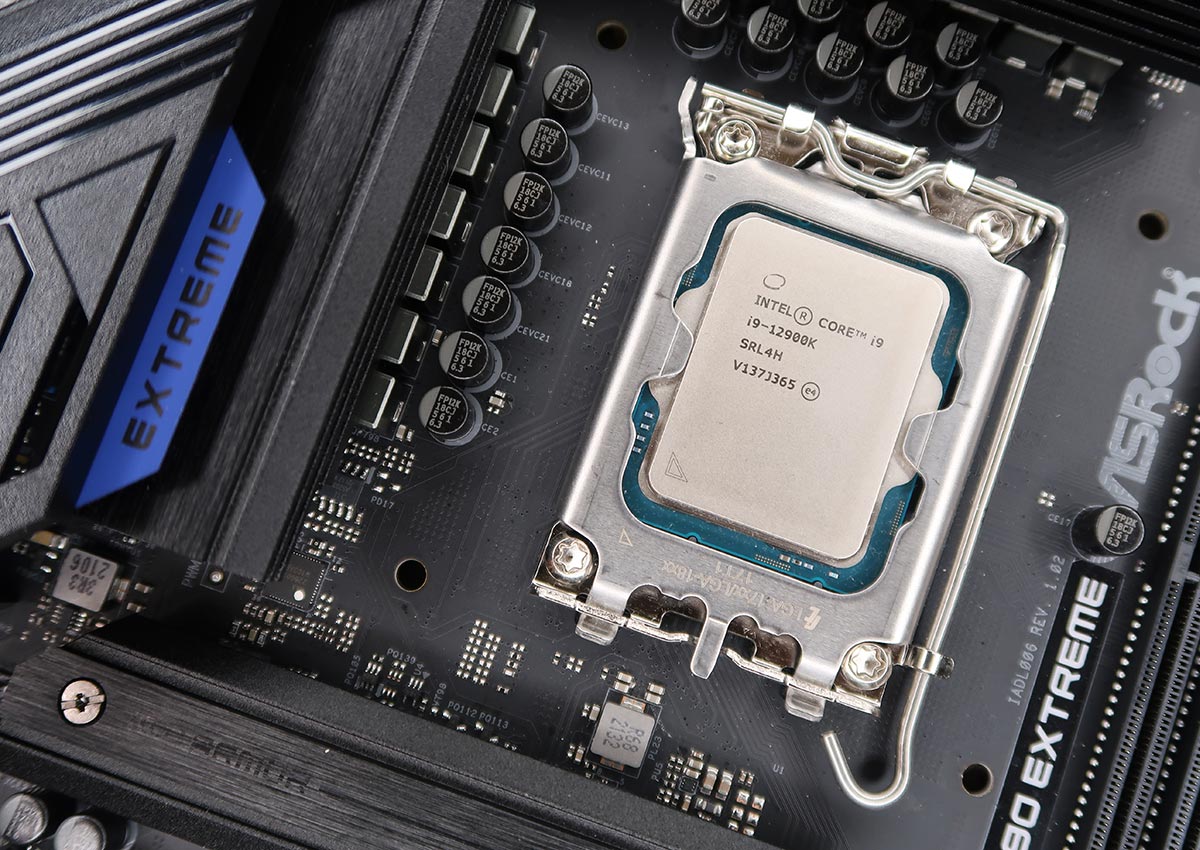
Summary
There are a couple of key takeaways. Intel’s contentious 241W Maximum Turbo Power is not to be taken lightly. Systems configured as such will need to invest in a high-end air cooler or, preferably, a premium all-in-one. Choose to turn the dial down to 125W – an attractive thought in the face of spiralling energy costs – and a budget cooler will suffice.
Considering performance, temperature, noise and cost, there’s plenty of merit to an entry-level Shadow Rock 3 in a fast and practically silent build. Only pay more if you refuse to run Core i9-12900K at anything other than top-line 241W.
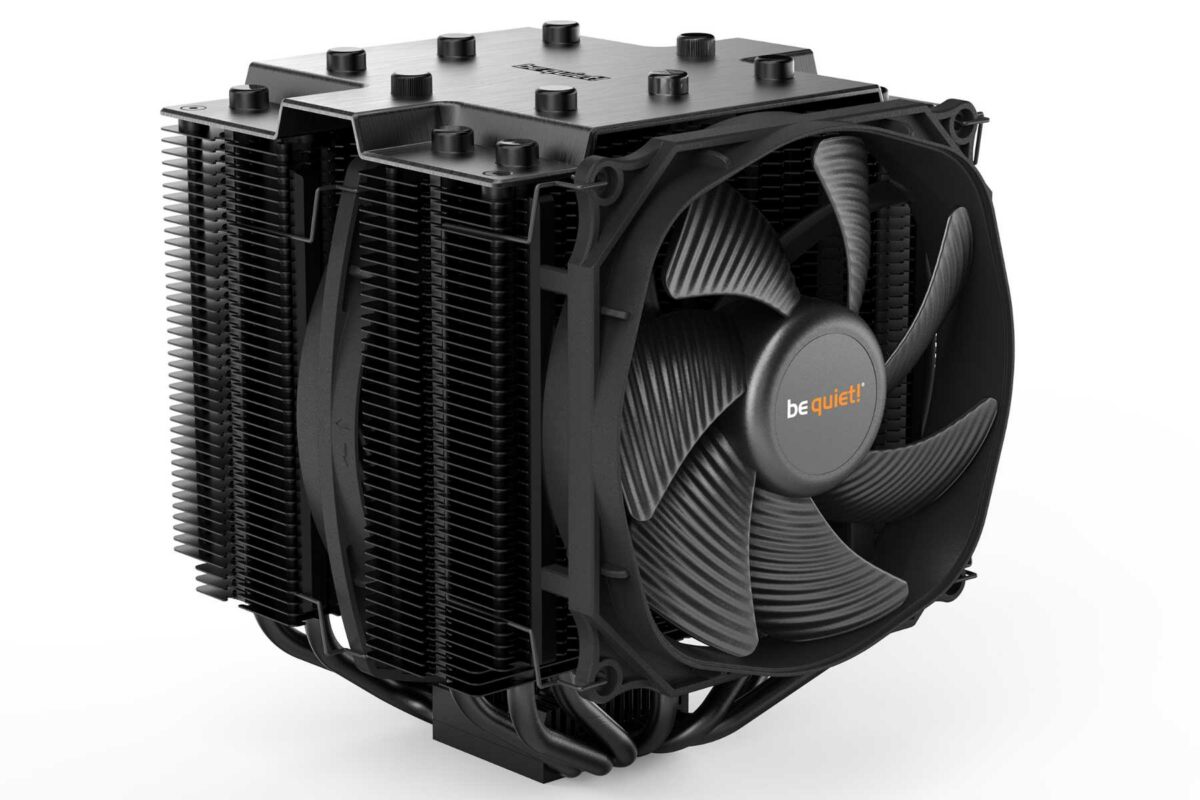
be quiet! Dark Rock Pro 4
The be quiet! Shadow Rock 3 offers impressive cooling and quiet operation. Perfect for performance beyond the standard for a good price.
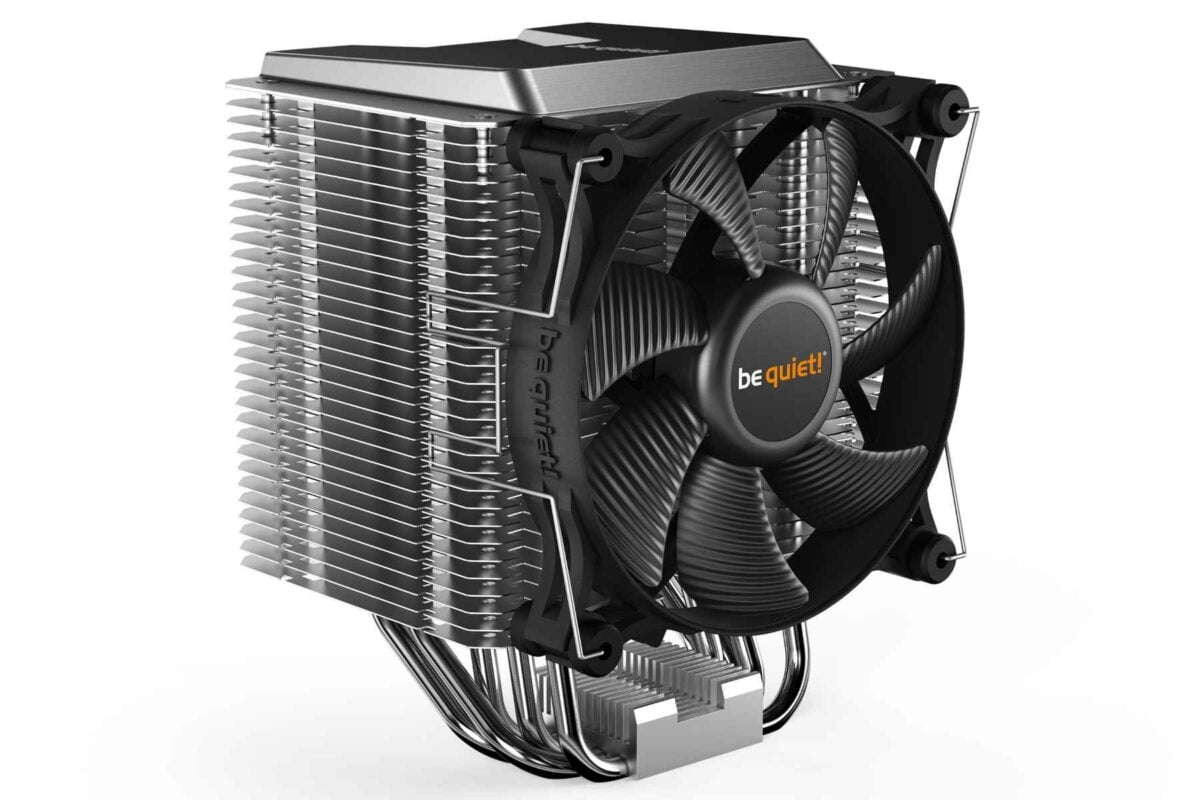
be quiet! Shadow Rock 3
Lorem ipsum dolor sit amet, consectetur adipiscing elit, sed do eiusmod tempor incididunt ut labore et dolore magna aliqua. Read our review.

